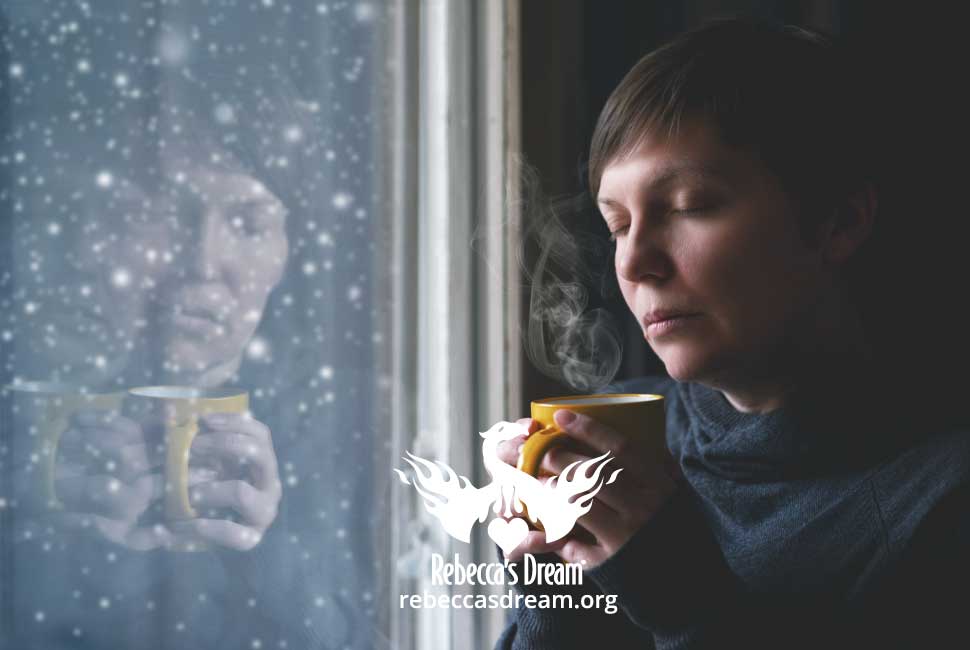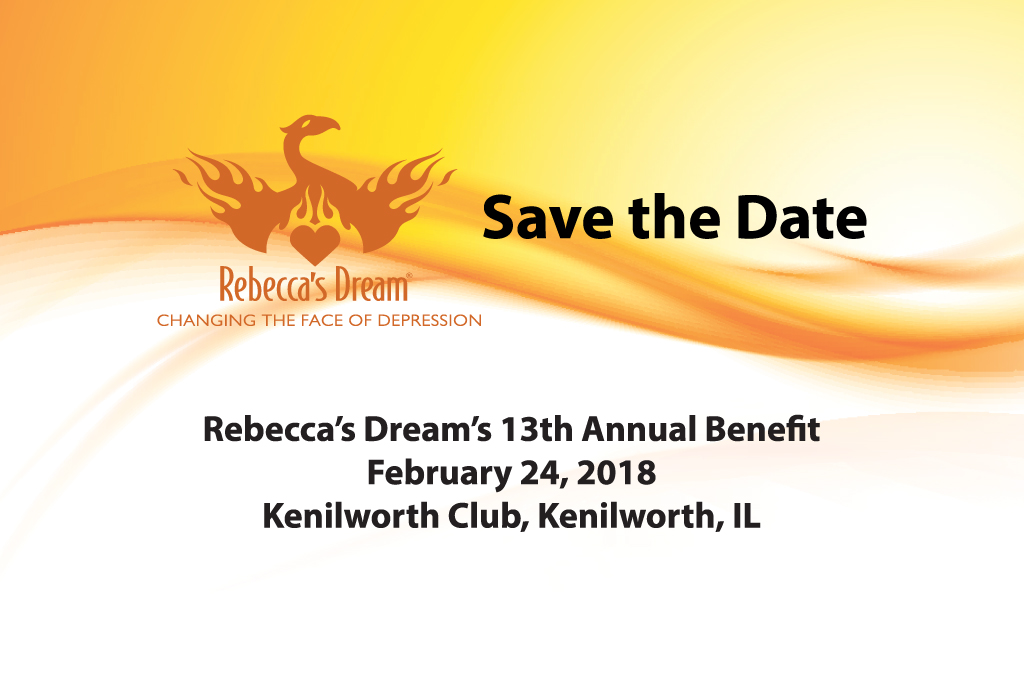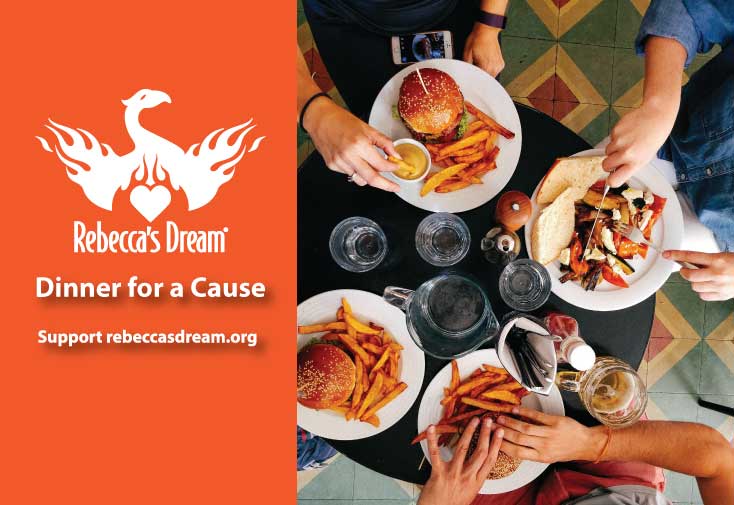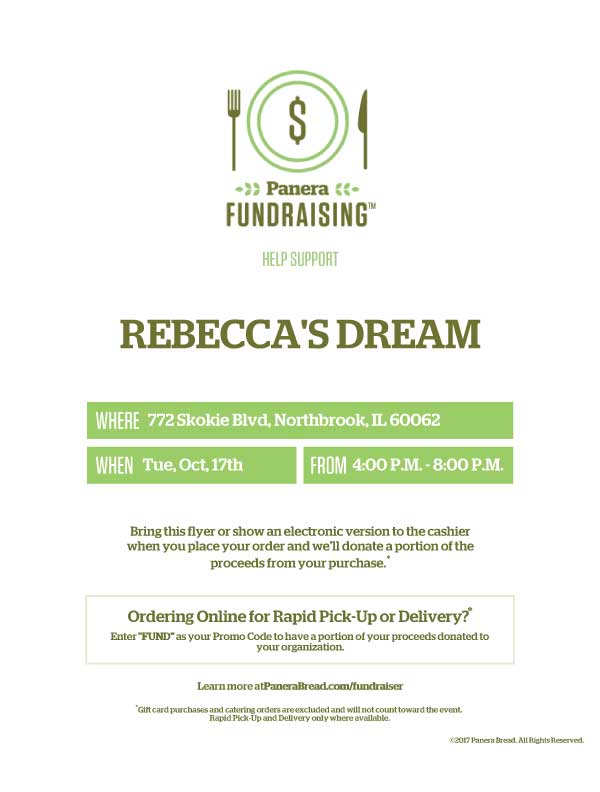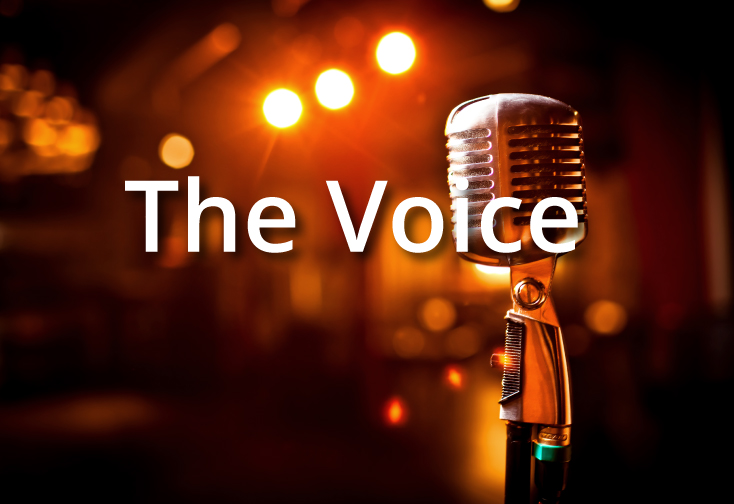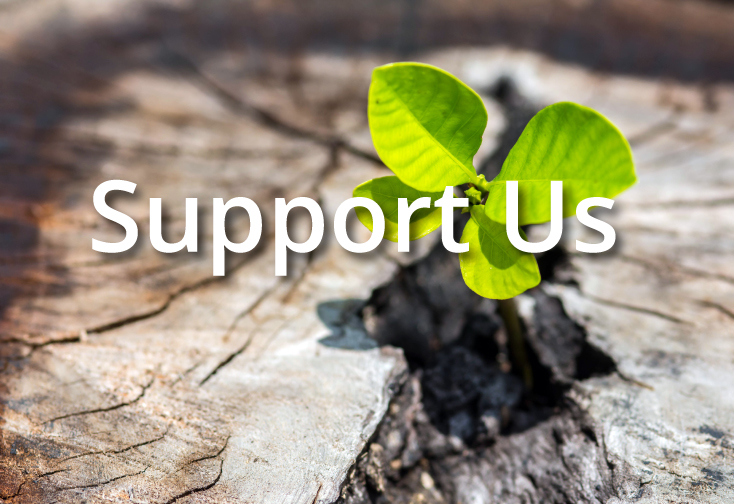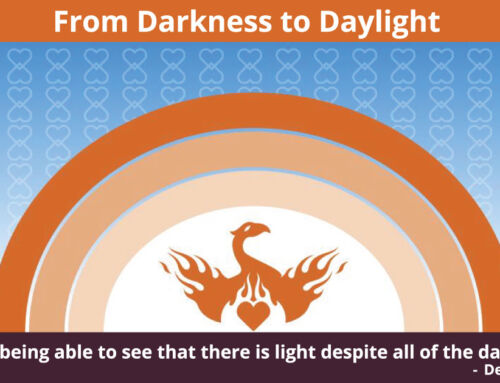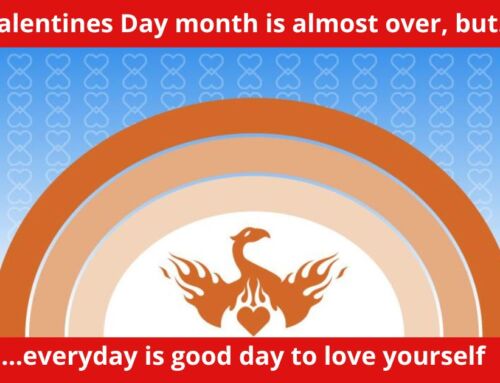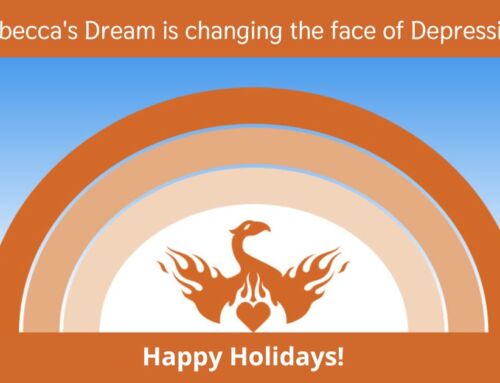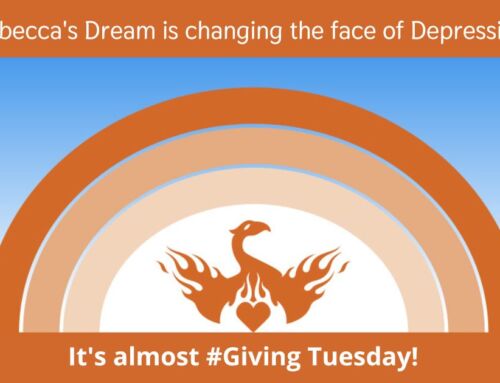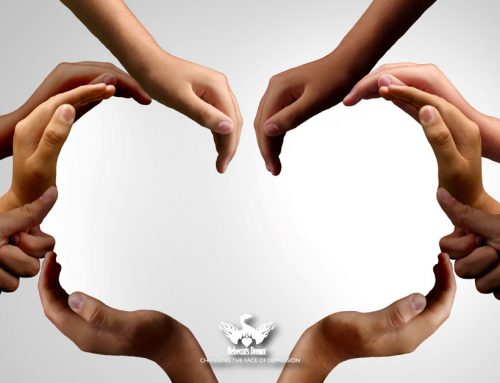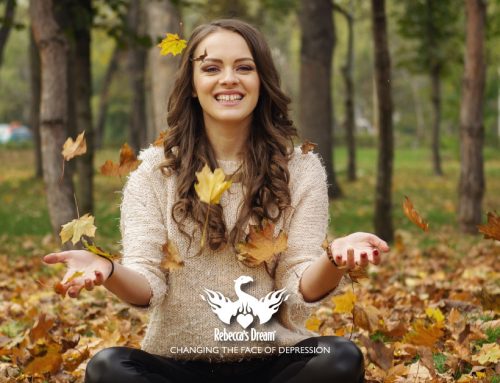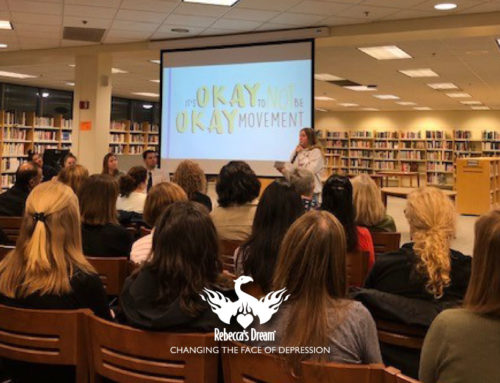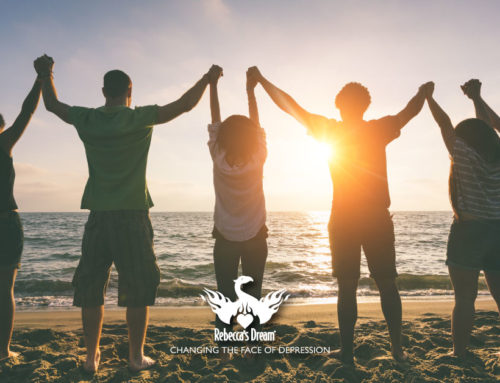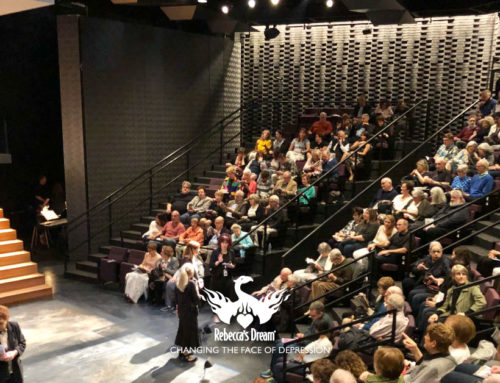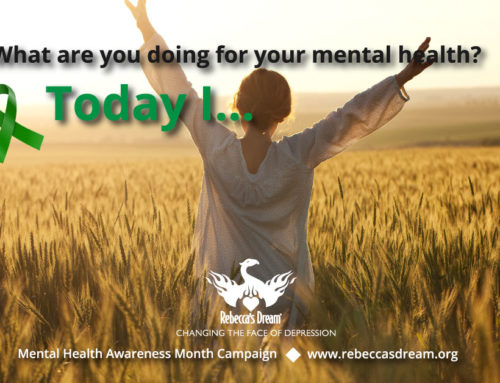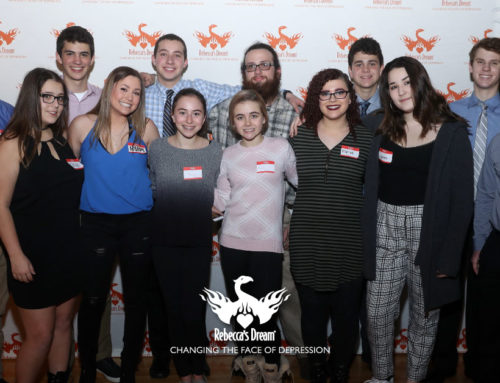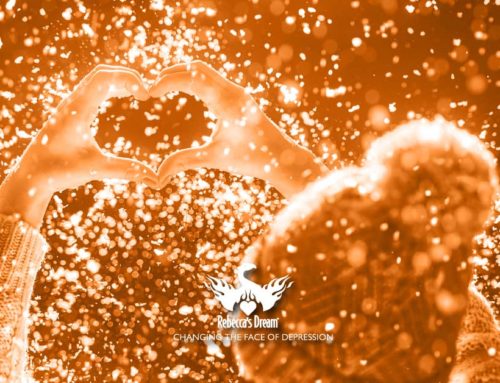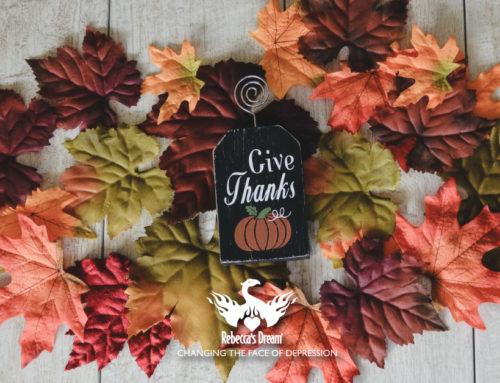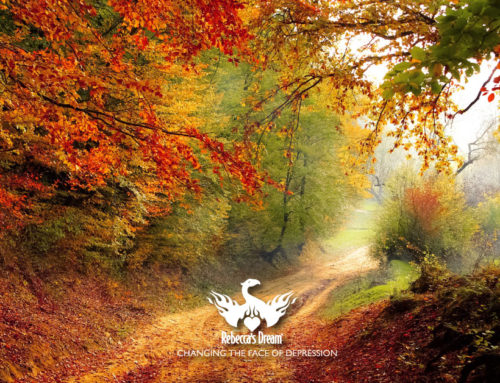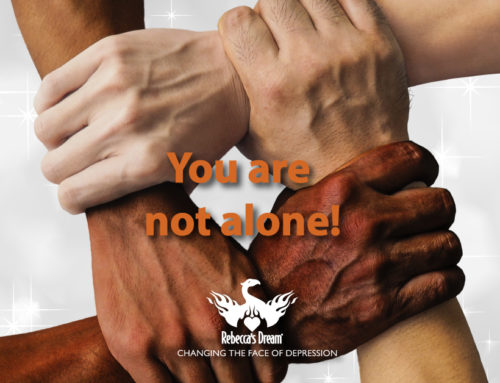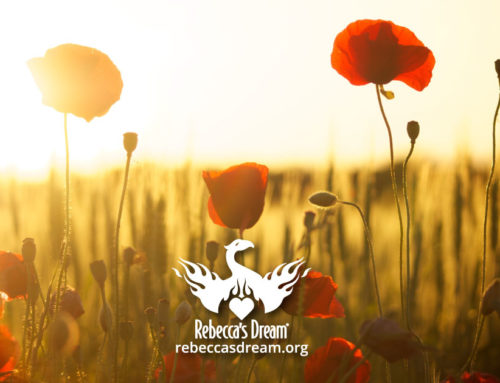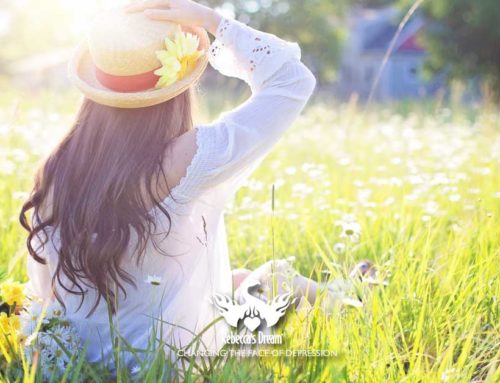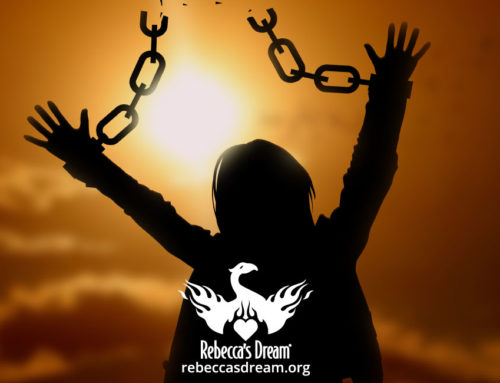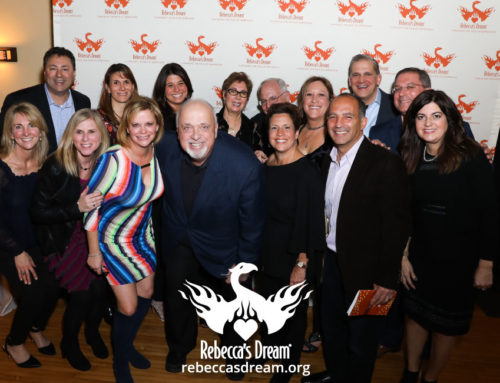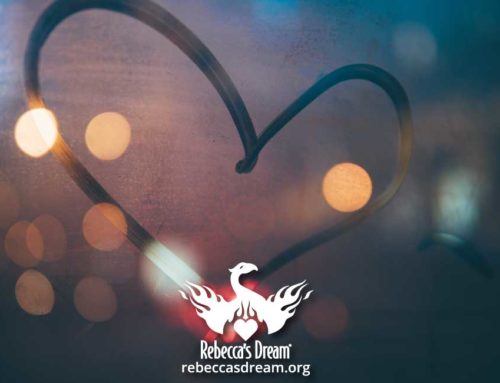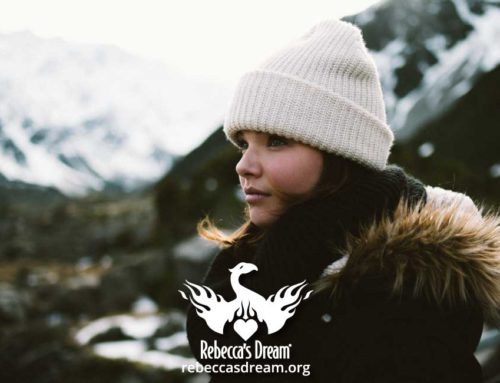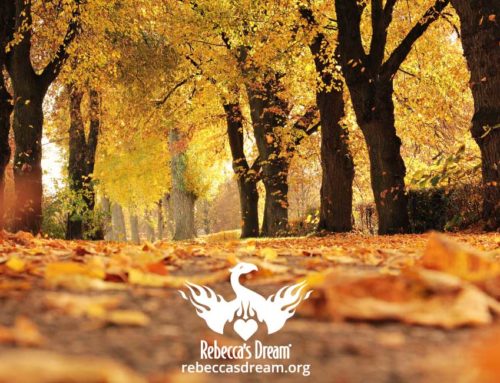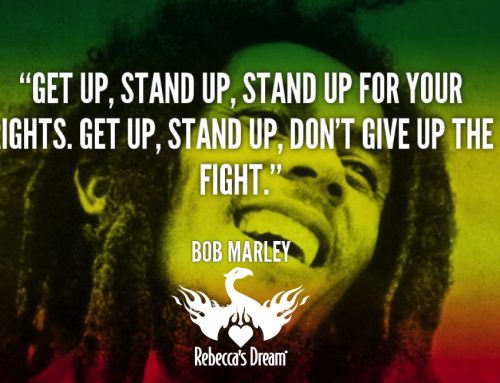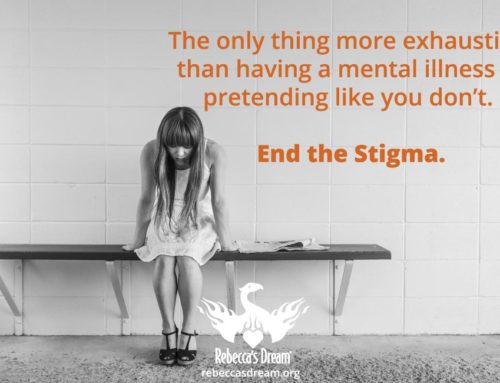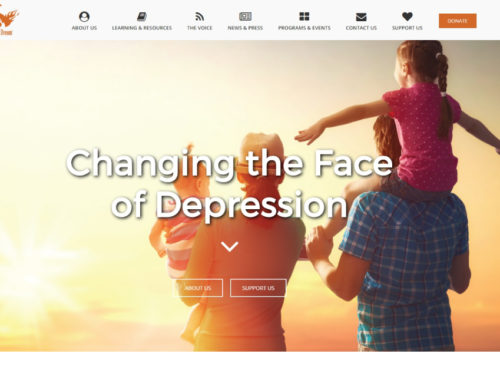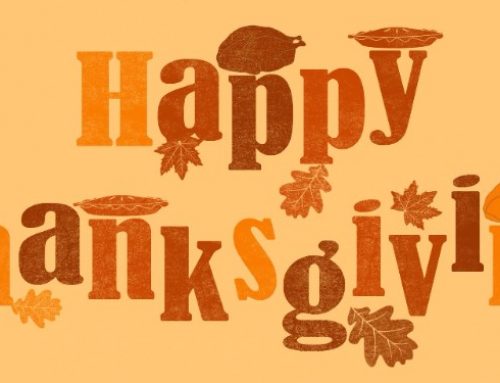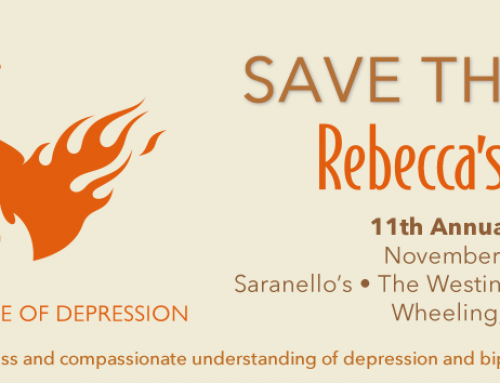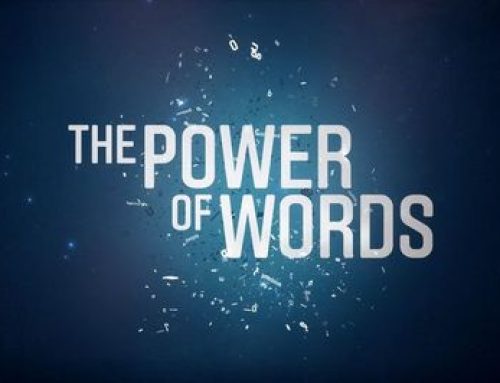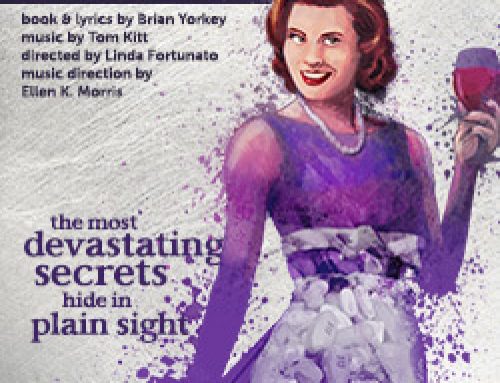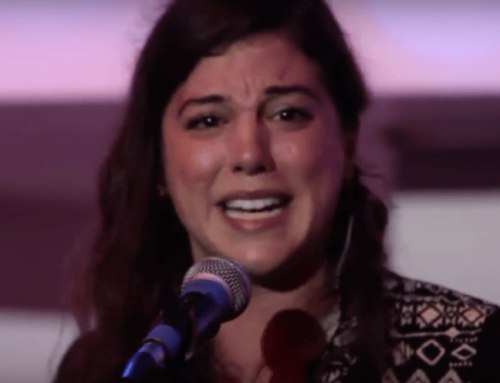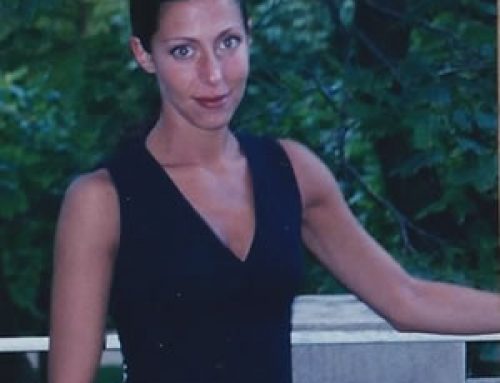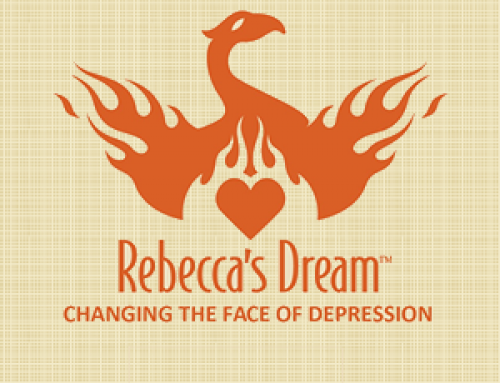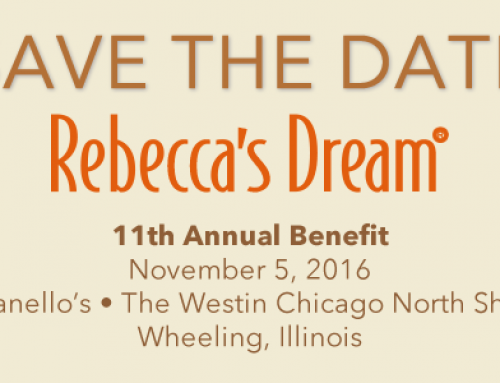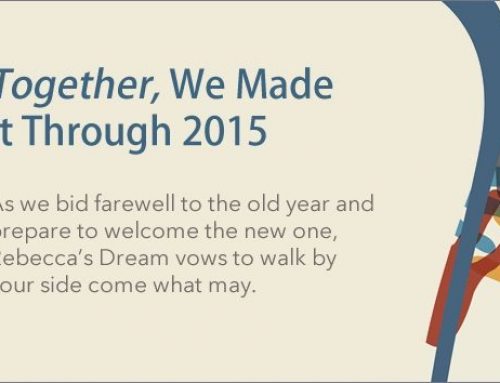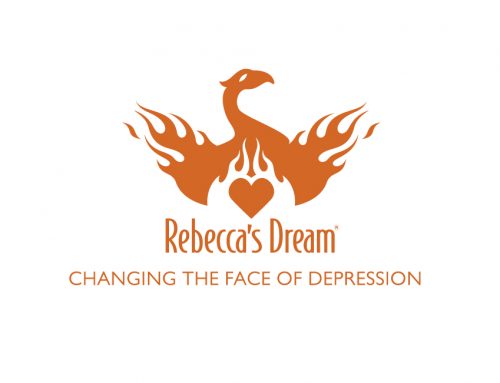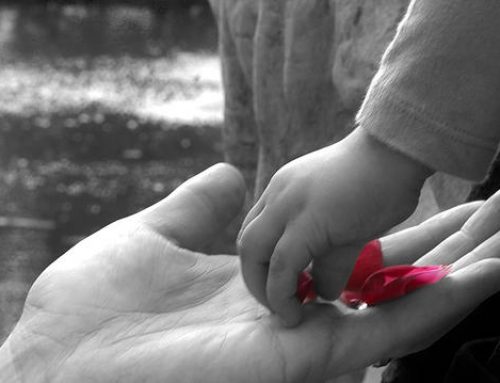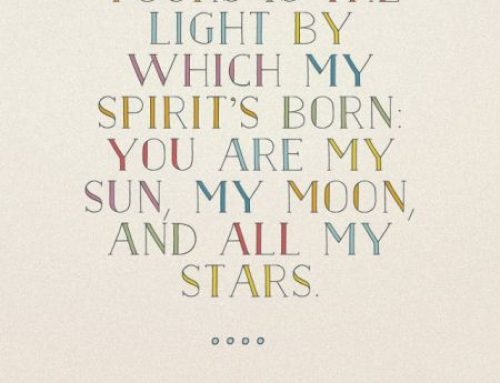SEASONAL AFFECTIVE DISORDER
Shedding Light on an Effective Treatment for Depression
he diagnosis of Seasonal Affective Disorder was first recognized almost 30 years ago when researchers at the National Institute of Mental Health identified patients who experienced regular fall/winter depressions and either full improvements or hypomania during the spring and summer. In tandem with this diagnostic discovery, it was found that bright light therapy, administered with a high intensity light box, generated rapid and often complete elimination of these seasonally-linked depressive symptoms. The era of light therapy was born.
Since these initial investigations, dozens of studies have been conducted that have verified the original observations, clarified how and when to best use light, and determined the optimal types of light to use. This subsequent research has confirmed that bright light therapy is a first line treatment for Seasonal Affective Disorder, being equally effective as antidepressant medication. It has also been found that bright light therapy is effective for non-seasonal depression, again producing equivalent results to that of antidepressants. Light therapy has two additional advantages over medication: it generally acts more quickly, typically producing improvements within one to two weeks. Second, it is safer, avoiding most of the side effects that go along with orally administered, systemic medications.
The most recent wave of light therapy research has examined its use in special groups of depressive patients: the elderly, pregnant women, and those with bipolar depression. In each case, very promising initial results have been found.
A note of caution: light therapy is not a treatment to be considered casually. It is a powerful biological intervention that can cause serious mood and other side-effects if not administered correctly. Do not simply go out, buy and plug in the cheapest light box you can find. As with any treatment, find a competent clinician who can conduct a thorough evaluation, decide if light therapy is appropriate and, if so, provide counsel on the right light box to use, the correct methods and the optimal timing and duration. The Center for Environmental Therapeutics has a wonderful website, www.cet.org, that provides a complete overview of light-based and other non-pharmacologic treatments for depression.
At this point, bright light therapy is an established antidepressant option for both seasonal and non-seasonal depression and a logical choice for those who cannot tolerate or those who prefer not to use medication. It is an easy-to-use, home-based treatment that can be utilized on its own or in combination with pharmacotherapy. When considering antidepressant treatments, make sure light therapy is given a place at the table.
John F. Gottlieb, M.D.
—Rebecca’s Dream Scientific Advisory Board
“I want people to know what I know — that today because of research and our knowledge of the brain, mental illnesses can be diagnosed and treated effectively, and the majority of those with these illnesses can recover and lead fulfilling lives…Our work is not done and World Mental Health Day is as needed now as ever.”
– Rosalynn Carter
Dinner for a Cause!
Take a break from cooking dinner in the coming weeks and give a gift to Rebecca’s Dream to continue to raise awareness for depression & bipolar disease! See the locations and dates below. We hope to see you there!
CELEBRATING OCTOBER: WORLD MENTAL HEALTH LITERACY MONTH
Featured Book
An Unquiet Mind: A Memoir of Moods and Madness by Kay Redfield Jamison
WITH A NEW PREFACE BY THE AUTHOR
In her bestselling classic, An Unquiet Mind, Kay Redfield Jamison changed the way we think about moods and madness.
Dr. Jamison is one of the foremost authorities on manic-depressive (bipolar) illness; she has also experienced it firsthand.
Featured Book
No One Cares About Crazy People: The Chaos and Heartbreak of Mental Health in America by Ron Powers
“Extraordinary and courageous . . . No doubt if everyone were to read this book, the world would change.”—New York Times Book Review
New York Times-bestselling author Ron Powers offers a searching, richly researched narrative of the social history of mental illness in America.
Featured Book
The Anxiety Workbook for Teens: Activities to Help You Deal with Anxiety and Worry by Lisa M. Schab LCSW
If you feel anxious most of the time, you’re not alone. There is no one in the world who doesn’t feel anxious at some time. And it is even more common to feel anxious during adolescence, because so many changes are taking place in your body, your mind, and your emotions.


